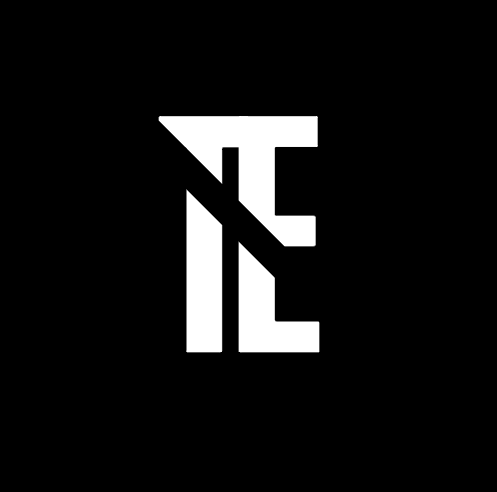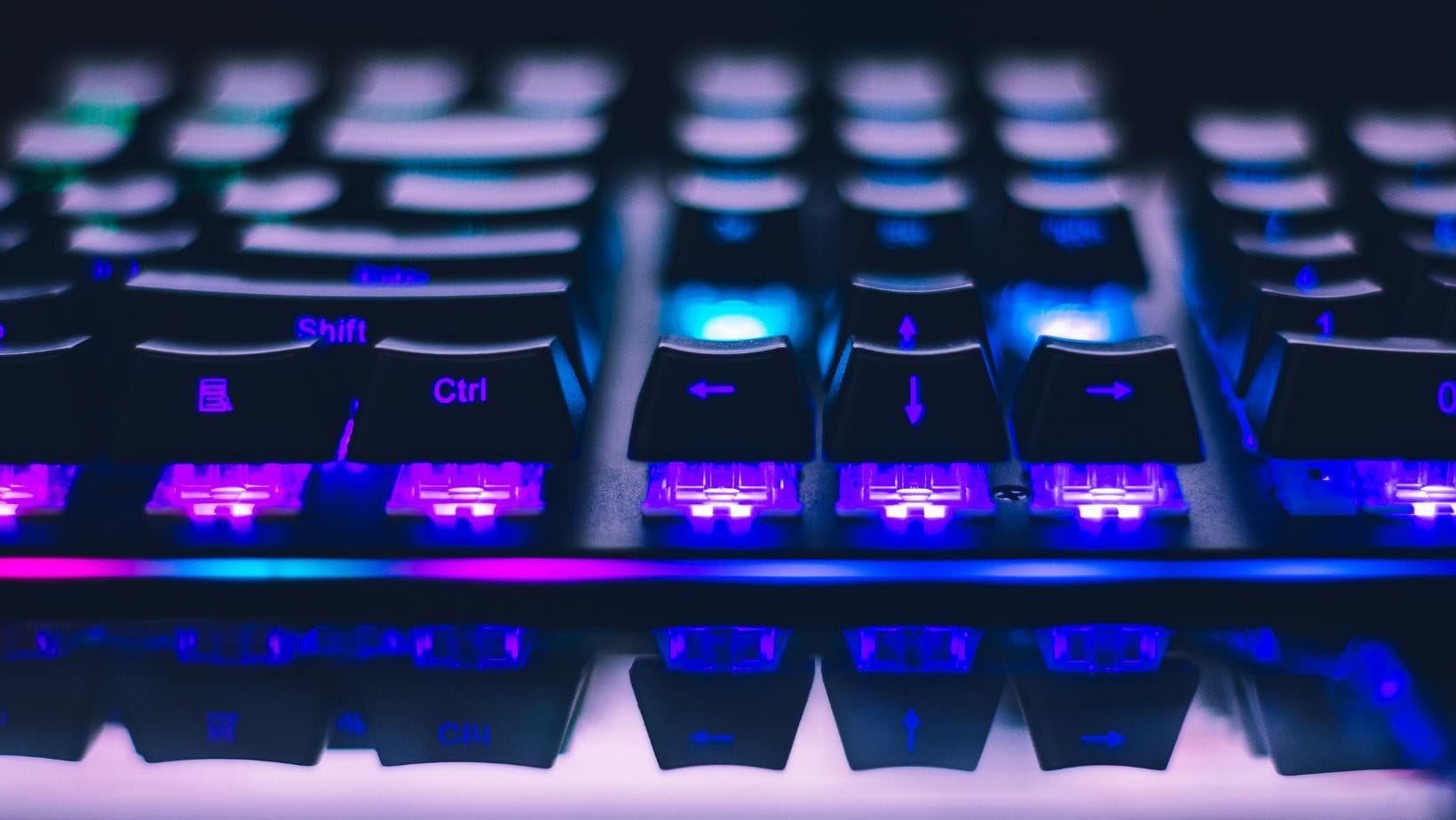Crocheting has always been a very hand-produced activity, which involved producing items through intricate designs. But as technology has developed, the use of crochet machines has appeared as a means to help with this task and provide the necessary work volume and uniformity. This review will cover the following topics: the general application of crochet machines, the advantages of crochet machines, the functionality of such machines, together with the factors to consider when choosing the ideal crochet machine.
What is a crochet machine?
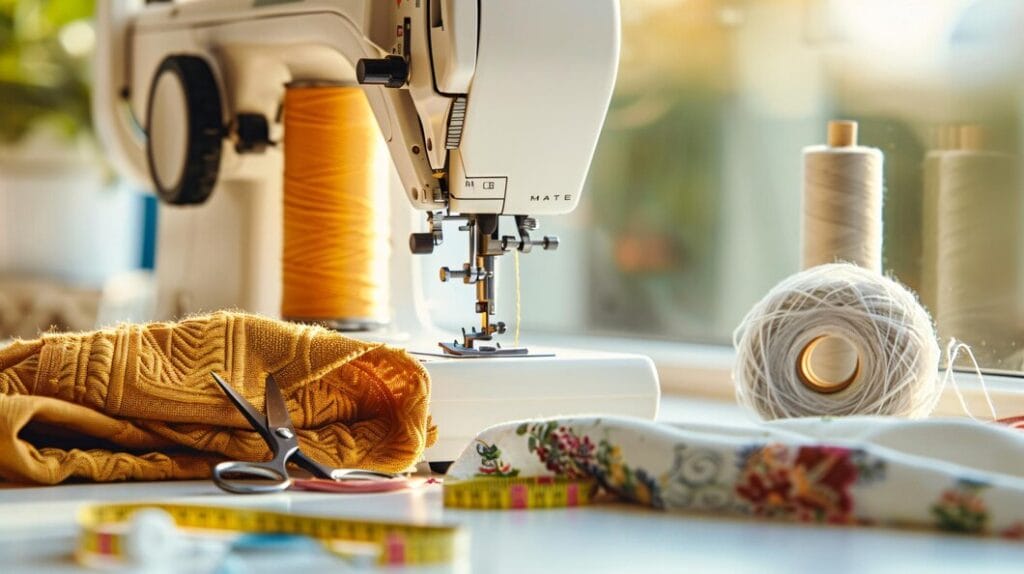
A crochet machine, on the other hand, is a machine that is mechanical or computerized depending on the design intended to imitate the normal hand-crocheting process. These machines are able to crochet different patterns of crocheting, ranging from simple stitches to more complex designs, at a faster rate than has been seen when crocheting manually. These are widely applied in production lines and factories around the world and also employed in individual applications by enthusiasts.
The Evolution of Crochet Machines
Crochet machines were invented in the nineteenth century with the major use in industries at that time. There were primitive models that could not even create simple patterns at first. In the course of time, new models of machines have been produced that are highly advanced, rendering intricate designs with features like programmable patterns, tension control, and speed-setting sequences.
Benefits of Using a Crochet Machine
- Productivity: Proficient crochet machines are capable of producing a large amount of work within a short period of time compared to carrying out manual work.
- Quality: The stitches are made with a consistent thickness; hence, the chances of mistakes or changes within the design pattern are minimized.
- Freedom of Design: Today’s standard crochet machines can be controlled to create countless patterns and designs.
- Affordability: When compared to the work done by human components towards large-scale production, the crochet machine can save on costs attributed to labor greatly.
How crochet machines work
A crochet machine provides the same functions as hand crochets, that is, a series of hooks and needles are manipulated to create a fabric. It feeds the yarn through a series of circles and ties and makes stitches in an orderly way. Fully automatic machines exist; however, some of them are semi-automated, which means manual assistance is required to some extent.
Key Features to Look for in a Crochet Machine
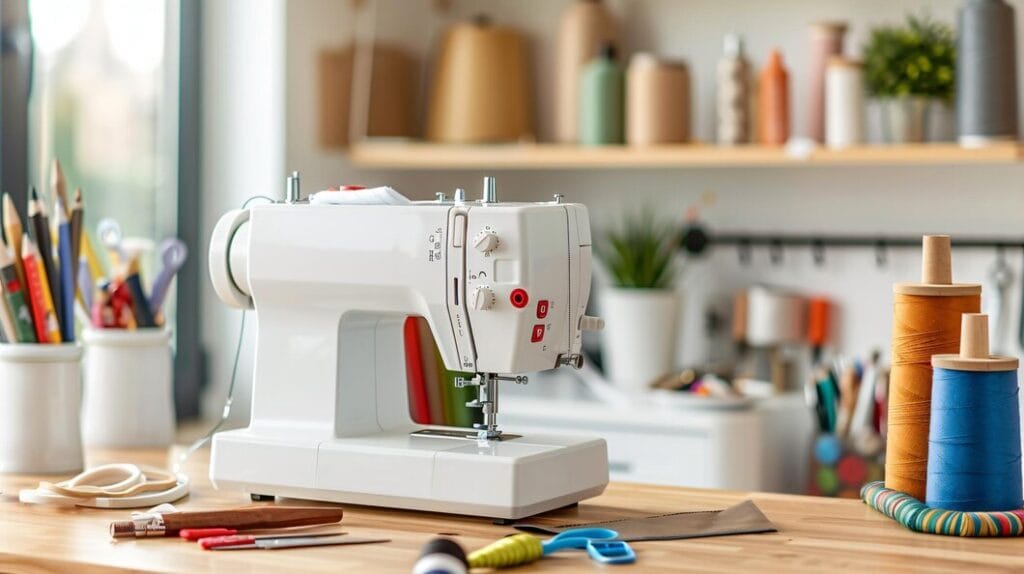
- Stitch Variety: Seek a device with a wide array of stitch forms as needed for various projects.
- Programmability: This feature allows one to save long stitch patterns and easily repeat them using the machine.
- Speed Control: Different yarns and many projects require adjustable speed settings.
- Durability: Look at the quality of the machine and the parts used in its construction, more so under heavy use.
- Ease of Use: Machines that come with user-friendly interfaces and easy-to-follow instructions tend to be more usable.
Top Crochet Machines on the Market
There are a number of brands that produce crochet machines, each different from the other. Some of them are:
- Brother KM-2500: This machine has developed a reputation as an all-purpose machine and is very friendly for the users.
- The Silver Reed SK280: is a dependable machine that can be used by both amateurs and experts, with numerous stitch designs available.
- Addi Express Kingsize: This machine does look forward to oversized projects. And it, in fact, is appreciated for the fact that it works fast.
Efficiency of Crochet Machines
It is true to say that crocheting machines are able to crochet much more than crocheting manually. Fast enough, they are capable to produce dozens or even hundreds of stitches every minute, which makes them suitable for large-scale manufacturing or extensive projects. These types of machines allow saving time on turning out designs since the machine is both speedy and consistent.
Quality of Output
Most such machines are designed and have an output of a given quality depending on the machine manufacture and those who use them. The machines often create stitches that are far more complicated than what is achievable with hand trousers, especially in the case of highly intricate designs.
Cost Considerations
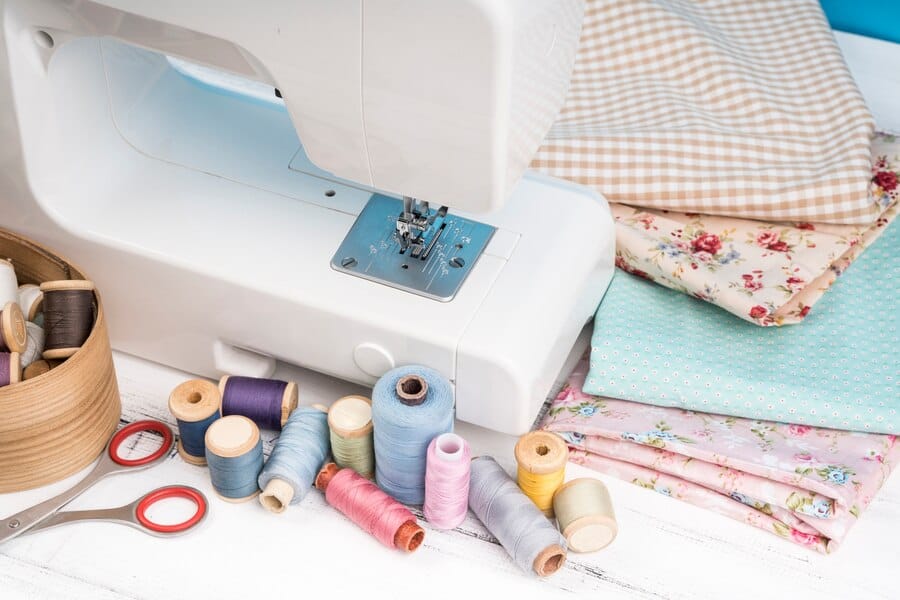
Tensioning devices present on varying machines come in different models and shapes, which accounts for the variation in pricing. The simple versions designed for personal use cup in at about $100, while their sophisticated cousins, meant for industrial applications, can go for thousands of dollars. In making the cost considerations, it is also possible to think about the time and labor costs that may be saved and the durability or lifespan of the machine as well.
Comparing Manual and Machine Crochet
- Time: Amachine is faster than the hand-crocheting.
- Quality: Machine work has a uniform stitch quality, while manual work is flexible and individualistic.
- Cost: Buying a machine means incurring a high up-front expense, but for large projects, it might make economic sense in the longer span.
User Experiences and Reviews
Most users of the crochet machine are not shy of its speed and consistency, as these machines work; however, some users say they tend to miss crochet as it is creative in a way that it does not require a machine to do all the work. The previews state that they are great monsters for any large and repetitive sections, but for the ones who appreciate the craft itself, hand crocheting will always be necessary.
How to Maintain Your Crochet Machine
In order to maintain your crochet machine at optimal functionality, you have to carry out regular maintenance. Keep the machine clean after each use, especially the needle and the hook regions, to avoid accumulation of lint. Oil the parts in motion as may be advised by the manufacturer, and also keep the appliance away from moist and dusty places.
Buying Guide for Crochet Machines
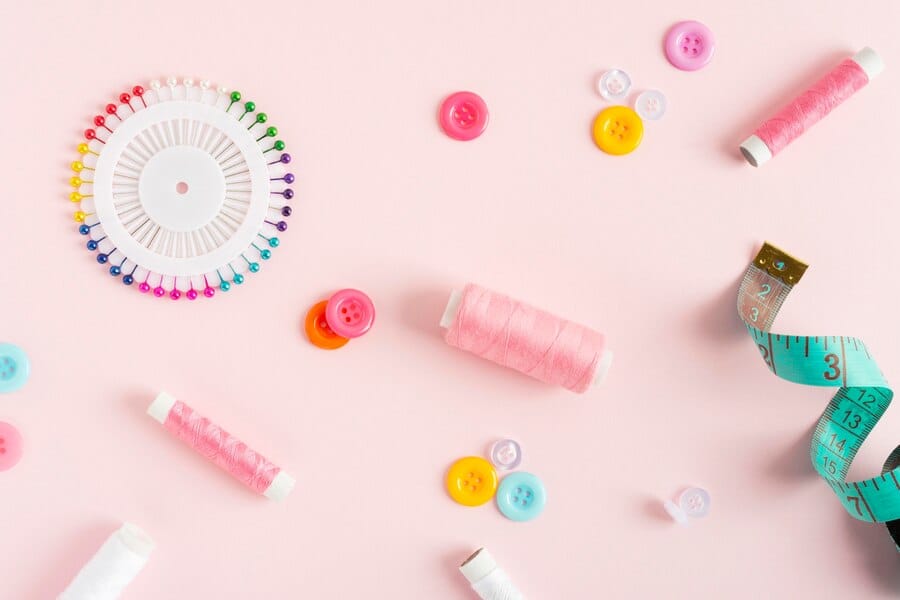
In addition to these factors, pay attention to your requirements and the budget when looking for a crochet machine and the specific project work you will be doing. Look for various brands and model types. Take a look at what other users are saying about the machines and if you can actually use some of them before choosing which one to buy. Also check what kind of warranty and customer support is offered and consider them while making the purchase, as they might be helpful in case problems arise.
Conclusion
The crochet machine helps the users to enhance the efficiency and uniformity in the crochet work. The equipment requires a big financial outlay at the entrenchment stage, but its speed, quality, and adaptability justifies the outlay for any crochet enthusiasts or commercial crafters. In whichever way you choose to do it, whether a machine for crochet work is incorporated or praying the help of hands alone it remains in existence, the craft of crocheting enjoys a pulse of its history kneaded with advancement in technology.
FAQs
Q: Can crochet machines replace hand-crocheting?
A: Although machines tend to be effective and reliable, they cannot do away with the element of creativity and the personal experience that comes with crocheting.
Q: Are crochet machines difficult to use?
While the majority of crochet machines are constructed with the end user in mind, it is most likely that there will be a period of adjustment, particularly with the sophisticated versions.
